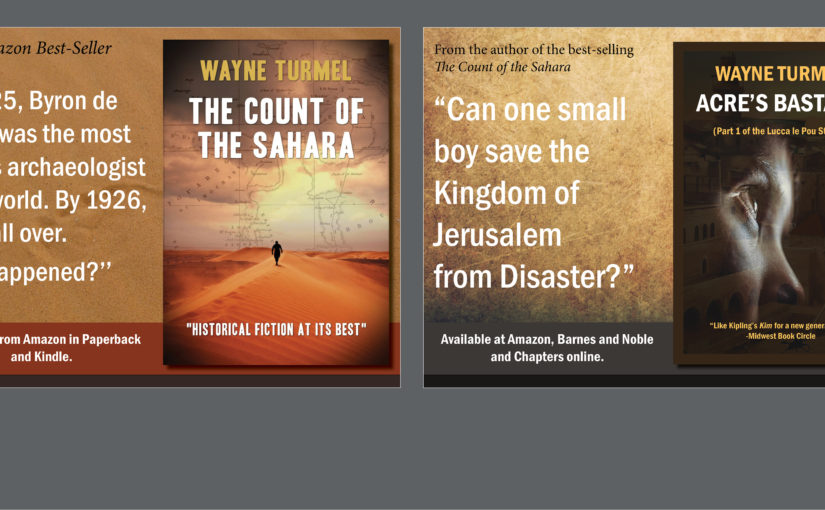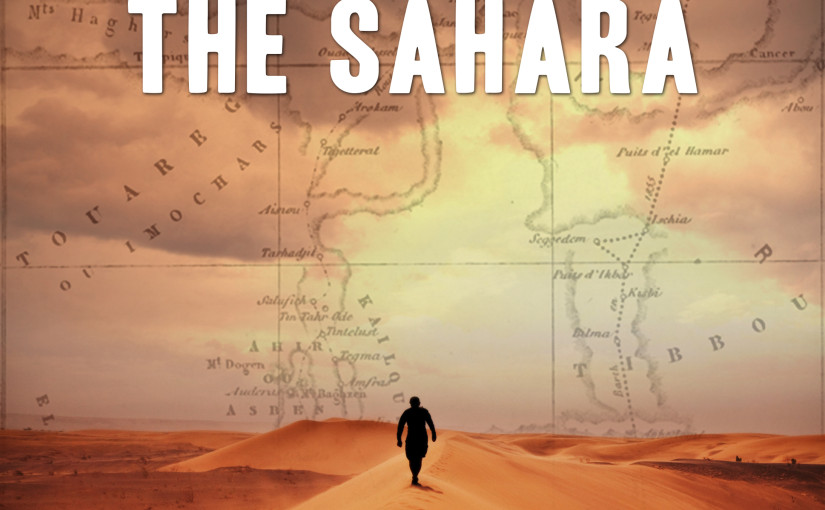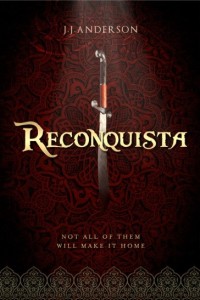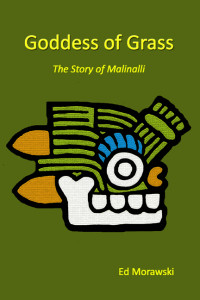One of the guiding principles of my blog- hell, my life- is that swords are way cooler than guns. That means there are certain periods of history I find more interesting than others. One of those is the Spanish Conquest of South America. It’s an exciting, if not very pretty, period.
This week’s featured author, Dennis Santaniello, has just released the first of his “The Conquistadors” series of short swashbucklers.
So, who’s Dennis Santaniello and why do we care?
My name is Dennis Santaniello. I’m a writer from New Jersey. I’ve written screenplays and novels for the last 15 years, and I’m finally ready to share my talent with the world. I’m a typical writer: introverted, weird, but also warm and genuine. My genre is Historical Fiction, and I’ve been writing my epic trilogy “CONQUISTADORS” for the last 10 years. I’m a minimalist and I believe in conciseness, patience and get to the point story-telling. Life is short. Your time in this life is even shorter. Read all the Jane Austin and Emily Bronte you want, it’s simply just not for me. I tell stories in an effective and powerful way. And I always prided myself in doing so. Why? Because I care about my readers.
Granted, you’re not much on word count. What’s the first book in your series, “Brothers and Kings,” about?
In a nutshell, my book “Brothers and Kings” is about a Spanish soldier named Sardina and his journey of finding gold in the great Inca empire, but it is also about Manco Inca: a king who tries to salvage his kingdom from utter destruction.
Why this time period?
The time period is from 1527-1540 in Peru. I wrote the book because when I was 10 years old I was pissed that there were no good fiction books about the Spanish Conquistadors. So I decided to write one for myself. Well, it took me 20 years, but I think I rectified that. Now I’m sharing it with the whole world.
I can see that. Acre’s Bastard is my delayed response to reading “Kim,” and wondering why we never knew what happened to him. What’s your favorite scene in the book?
My favorite scene is the Battle for Cusco. It is pretty cool, to say the least.
Where can we learn more about you and your work?
You can find me at dennissantaniello.com or on Twitter: @philosofarmer
Subscribe to my newsletter and get a chance to win a signed paperback copy of Acre’s Bastard. Each month you’ll receive links to interviews with great authors, news about upcoming events and previews of my work in progress, Acre’s Orphans. Look at the bottom left of the page for the sign-up sheet. No spam, just once a month updates and a chance to learn about great new Historical Fiction of all types from around the world.






